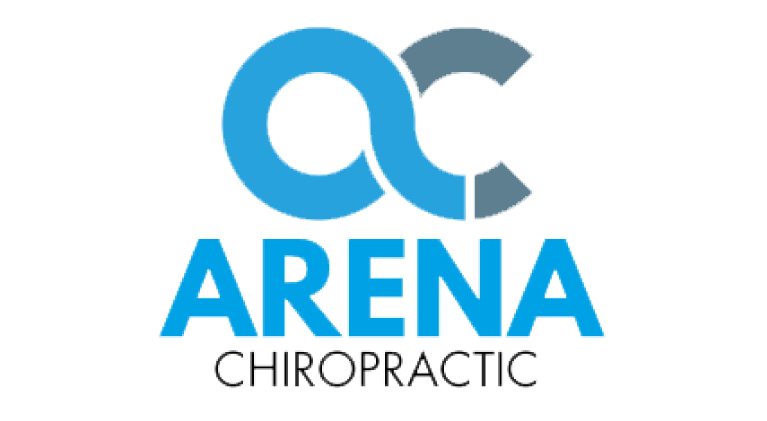In April 2010 the BP Deep Horizon drilling rig exploded in the Gulf of Mexico, resulting in a catastrophic offshore oil spill. Millions of barrels of oil have spilled into the Gulf since the explosion, representing an unprecedented environmental disaster. Many complex ecosystems are affected by the oil spill, ranging from the Louisiana bayous and associated wetlands to as-yet-unexplored deep ocean ecologies.
The Deep Horizon explosion has focused public attention on ocean, gulf, and wetlands ecologies. The grave threats posed to these environmental ecosystems can also focus attention on our own internal ecosystems.
We tend not to think of our human physiology in terms of ecosystems. But in fact the analogy is a close one. For example, water comprises approximately 70% of the earth’s surface. The amount of water in the adult human body is estimated at between 60 and 70%. This is a startlingly similar correspondence. Water is the basis for human physiology, as it is the basis for the existence of life on earth. Our physiologic water is subject to the same ecologic stresses as is the water in our external environment.
Human blood is composed of approximately 90% water by volume. Your body attempts to control certain characteristics of blood very closely. For example, the acid-base balance of blood is maintained within a very tight range – a pH between 7.35 and 7.45. Blood levels of calcium are also tightly controlled, within a range of 8.5 to 10.5 milligrams for every 100 milliliters of blood. Lower calcium levels will cause calcium to be leeched out of bone to restore blood levels to within the normal range.
Just as oil has been washing up on the shores of the Louisiana coastline for many months during 2010, your body’s internal coastlines can be similarly breached. Prolonged elevated blood levels of cholesterol, for example, will cause cholesterol to “wash up” on the surfaces of cells lining the walls of small blood vessels. These endothelial cells normally constitute an effective barrier, protecting the structures of arterioles and capillaries. But these cardiovascular coastlines can be damaged by cholesterol “spills”, resulting in formation of arteriosclerotic plaque and narrowing of small blood vessels.1
Similarly, high levels of blood glucose (as in diabetes) can cause these simple sugars to wash up on the shores of small blood vessels in the kidney, retina, and nerves. Serious damage to kidneys, the eyes, and nerves can result.2,3
Failure to take appropriate precautions and heed warning signs is the likely cause of the Deep Horizon explosion. In order for us to ongoingly maintain a healthy inner ecology, we need to do what was not done in this oil-drilling operation. Making proactive lifestyle choices is a key to creating and supporting an inner ecology that will reward us with long-term health and well-being.
Engaging in regular chiropractic care is a one such lifestyle choice that helps support a healthy inner ecology.
1Gooding HC, de Ferranti SD: Cardiovascular risk assessment and cholesterol management in adolescents: getting to the heart of the matter. Curr Opini Pediatr May 17 2010 (ahead of print)
2Shogbon AO, Levy SB: Intensive glucose control in the management of diabetes mellitus and inpatient hyperglycemia. Am J Health Syst Pharm 67(10):798-805, 2010
3Stolar MW, et al: Managing type 2 diabetes: going beyond glycemic control. J Manag Care Pharm 14(5 Suppl B):S2-S19, 2008




